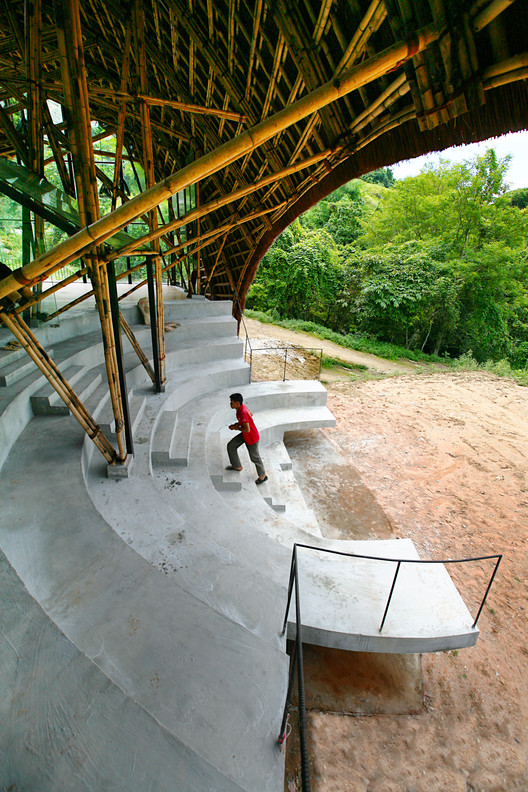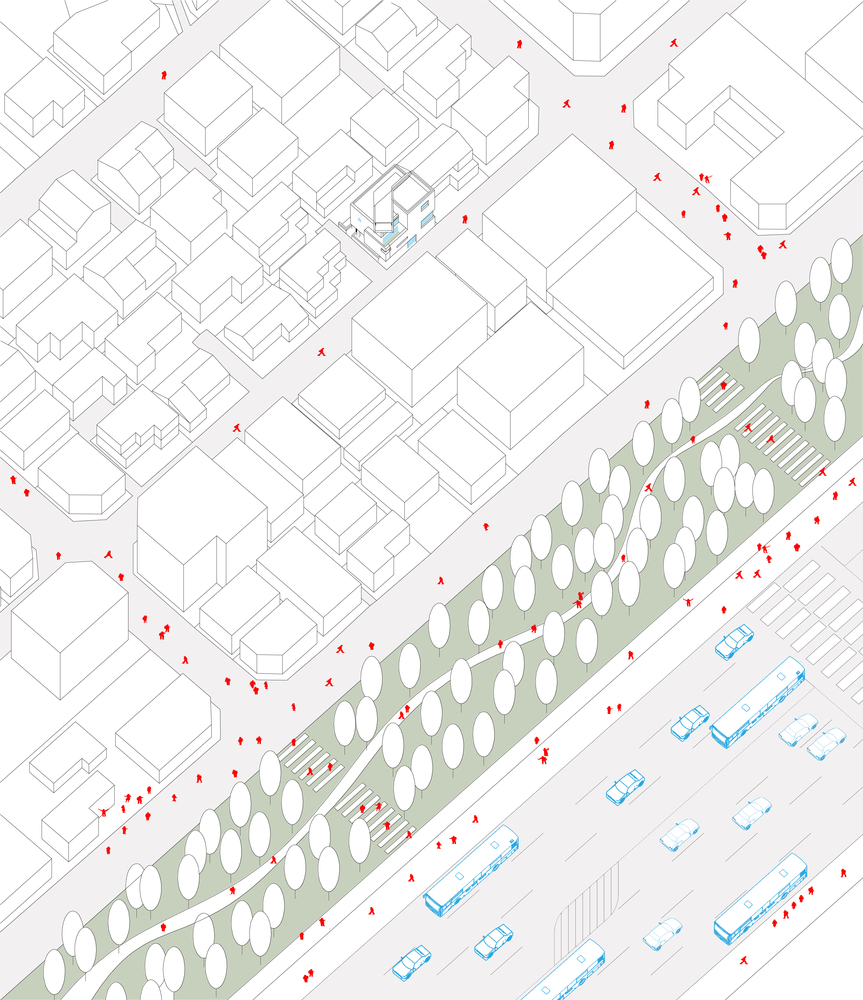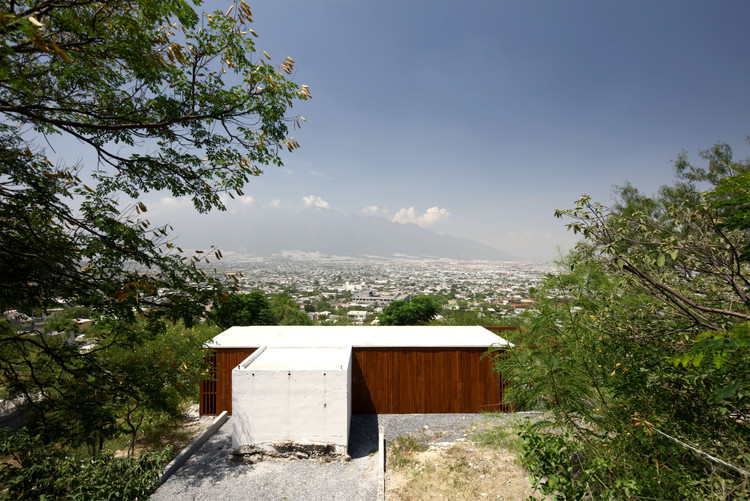BFI Acetate - Nitrate Film Stores Edward Cullinan Architects
2011-09-05 00:00
架构师提供的文本描述。今年秋天,英国电影学会(BFI)在其长期保护国家电影遗产的历史上达到了一个重要的里程碑。这座开创性的新建筑准备在严格控制的环境条件下,为长期保护这种无价之宝和易受伤害的材料提供理想的环境条件,以容纳BFI收集的全部醋酸纤维和硝酸盐薄膜。
Text description provided by the architects. This autumn, the British Film Institute (BFI) has reached a major milestone in its long history of preserving the nation’s film heritage. The pioneering new building is ready to house the BFI’s entire master collection of acetate and nitrate film in closely controlled environmental conditions ideal for the long term protection of this priceless and vulnerable material.
该项目已通过英国屏幕遗产方案(Shuk)实现,这是一项由文化、媒体和体育部资助的全国性举措。它的主要目标之一是防止国家电影的恶化和损失,以便现在和将来都能获得这些影片。BFI关心世界上最重要的电影收藏。它代表了英国从电影前到现在的运动形象的历史。这些藏品已存放在两个地点;新的建筑将这些藏品合并到沃里克郡的一个现有地点。
The Project has been realized through the Screen Heritage UK (SHUK) programme, a nationwide initiative funded by the Department of Culture, Media and Sport. One of its key objectives is to prevent the deterioration and loss of the nation’s films so that they can be made accessible now and in the future. The BFI cares for the most significant film collection in the world. It represents the history of the moving image in Britain from pre-cinema through to the present day. The collection has been stored over two sites; the new building consolidates the collection into an existing site in Warwickshire.
这座建筑是由爱德华·库林南建筑师设计的,他领导了一项详细的可行性研究,得出结论认为,BFI现有的档案馆无法进行适当的升级,而且应该尽早建造一个新的“零下”储存设施,其容量应足以容纳所有醋酸盐和硝酸盐的主要材料。
The building is designed by Edward Cullinan Architects who led a detailed feasibility study which concluded that the BFI’s existing archive buildings could not be suitably upgraded, and that a new ‘sub-zero’ storage facility large enough to house all master acetate and nitrate material should be constructed at the earliest opportunity.
最后的技术解决方案是建筑师、工程师、电影专家和BFI之间的紧张研究和合作的结果,以确定在今后50年及以后可持续地储存这么多胶片的最佳方法。
The final technical solution is the result of intense research and collaboration between the architect, engineers, film experts and the BFI to define the best method for storing such a large collection of film sustainably for the next 50 years and beyond.
新的地窖占地3000平方米,在35%相对湿度为-5°C的条件下,将储存多达46万罐薄膜,而建筑结构则使建筑能够以节能的方式维持这些条件。
At just under 3000 sqm, the new vaults will store up to 460,000 canisters of film in conditions of -5°C at 35% relative humidity, while the construction enables the building to sustain these conditions in an energy efficient way.
预制混凝土面板提供限制温度波动所需的热质量。虽然建筑形式相当简单,由30个相同的蜂窝式硝酸盐室和6个醋酸盐膜室组成,但该规范要求漏风率极低,必须在不太可能发生硝酸膜火灾的情况下承受强烈的热量。严格的分析,详细,质量控制和测试,以确保建筑物将提供零度以下的温度,低湿度和防火要求的薄膜保存。
Pre-cast concrete panels provide the thermal mass required to limit temperature fluctuations. Although the building form is quite simple, consisting of 30 identical cellular vaults for nitrate and 6 vaults for acetate film, the specification requires extremely low air leakage rate and must withstand intense heat in the unlikely event of a nitrate film fire. Rigorous analysis, detailing, quality control and testing has been carried out to ensure the building will provide the sub–zero temperature, low humidity and fire prevention that the film requires for its preservation.
这座建筑是第一座在如此寒冷和干燥的条件下储存大量胶片的建筑;它还将因其可持续的特点而获得BREEAM的“优秀”评级。
The building is the first of its kind to store large quantities of film in such cold and dry conditions; it will also achieve a BREEAM Rating of ‘Excellent’ for its sustainable features.
 举报
举报
别默默的看了,快登录帮我评论一下吧!:)
注册
登录
更多评论
相关文章
-

描边风设计中,最容易犯的8种问题分析
2018年走过了四分之一,LOGO设计趋势也清晰了LOGO设计
-

描边风设计中,最容易犯的8种问题分析
2018年走过了四分之一,LOGO设计趋势也清晰了LOGO设计
-

描边风设计中,最容易犯的8种问题分析
2018年走过了四分之一,LOGO设计趋势也清晰了LOGO设计
































































